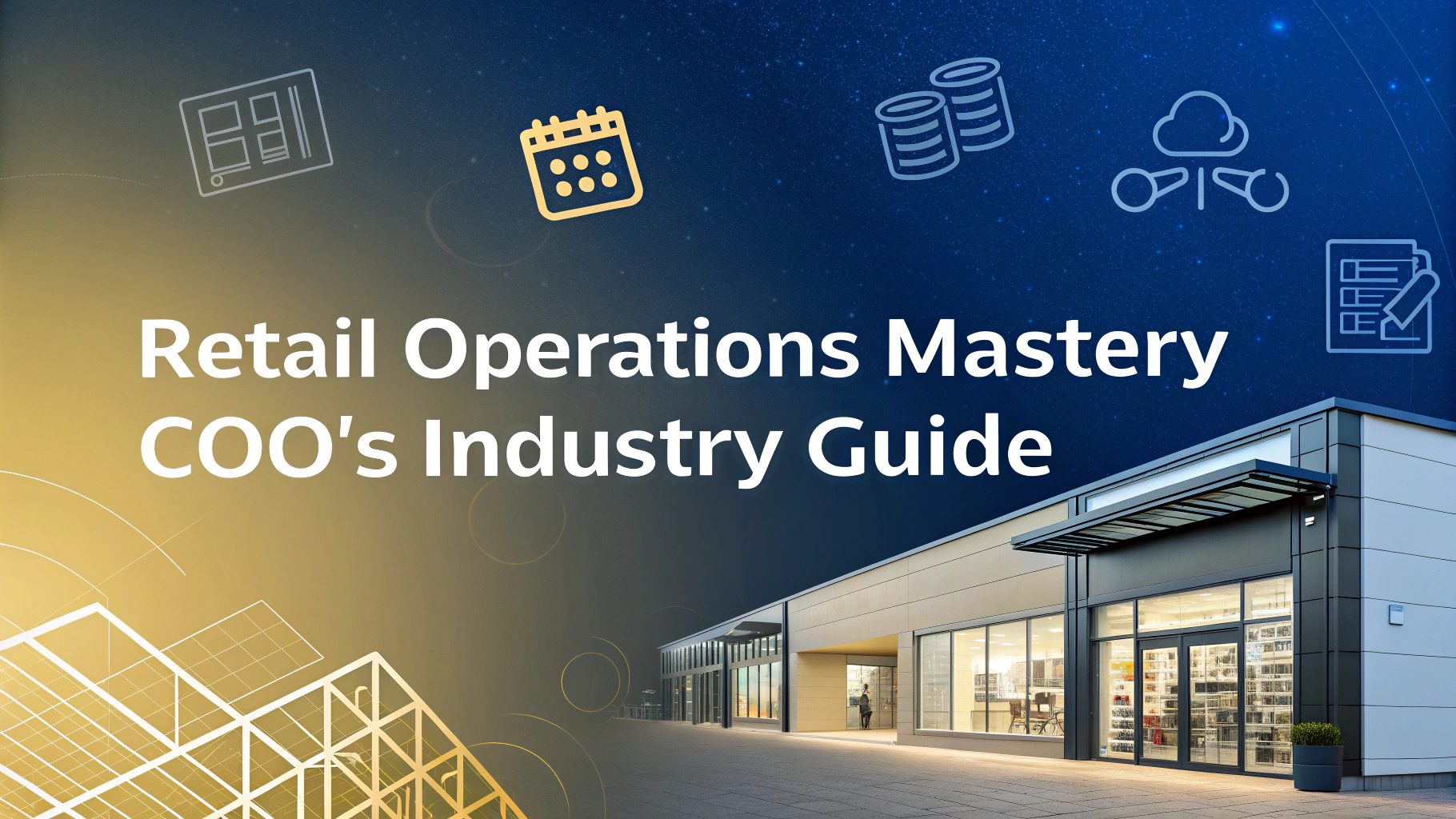Business transformation requires strategic leadership from the Chief Operating Officer to drive meaningful organizational change and sustainable growth.
COOs must balance operational excellence with innovation initiatives while maintaining business continuity and managing risk.
This guide explores proven approaches for COOs to successfully lead transformation efforts across people, processes, and technology.
Key Transformation Focus Areas
- Digital technology adoption and integration
- Process optimization and automation
- Organizational structure and talent management
- Data-driven decision making
- Customer experience enhancement
Assessing Transformation Readiness
Start with a thorough assessment of current operational capabilities, technology infrastructure, and organizational culture.
| Assessment Area | Key Questions |
|---|---|
| Technology | Are systems integrated? What’s the technical debt? |
| People | Do we have the right skills? Is there change resistance? |
| Process | Where are the inefficiencies? What can be automated? |
Building Your Transformation Strategy
Define clear objectives aligned with business goals and market opportunities.
- Short-term wins: Quick improvements in efficiency
- Medium-term goals: Process redesign and automation
- Long-term vision: Complete digital transformation
Change Management Essentials
Create a structured change management approach focusing on communication and stakeholder engagement.
- Establish a transformation office
- Develop clear communication channels
- Create feedback loops
- Monitor progress metrics
- Address resistance proactively
Technology Implementation Framework
Follow a phased approach to technology adoption:
- Phase 1: Core systems modernization
- Phase 2: Process automation
- Phase 3: Advanced analytics implementation
- Phase 4: Innovation acceleration
Measuring Success
Track transformation progress using these key metrics:
- Operational efficiency improvements
- Cost reduction percentages
- Employee adoption rates
- Customer satisfaction scores
- Revenue impact
Risk Management
Address common transformation risks through proper planning and mitigation strategies.
| Risk Type | Mitigation Strategy |
|---|---|
| Technical Risk | Proof of concepts, phased rollouts |
| Operational Risk | Business continuity planning |
| People Risk | Change management, training programs |
Moving Forward with Transformation
Start with a pilot program in one business unit to test and refine your transformation approach.
Document lessons learned and adjust strategies based on real-world feedback and results.
For additional guidance, connect with transformation experts through professional networks like LinkedIn or consult with leading advisory firms.
Scaling Transformation Success
Scale successful pilot initiatives across the organization using proven methodologies and learnings.
- Document best practices from pilot programs
- Create standardized implementation playbooks
- Establish cross-functional transformation teams
- Develop training and enablement programs
Building Sustainable Capabilities
Technology Infrastructure
Invest in scalable platforms that support long-term growth and innovation:
- Cloud-based solutions
- API-first architecture
- Microservices deployment
- DevOps practices
Workforce Development
Create continuous learning programs to maintain transformation momentum:
- Digital skills training
- Leadership development
- Innovation workshops
- Change management certification
Creating a Culture of Innovation
Foster an environment that embraces continuous improvement and innovation:
| Focus Area | Implementation Tactics |
|---|---|
| Innovation Programs | Hackathons, idea contests, innovation labs |
| Rewards System | Recognition programs, innovation metrics |
| Collaboration Tools | Digital workspace, knowledge sharing platforms |
Driving Long-Term Value Through Transformation
Ensure transformation efforts deliver sustained business value through:
- Regular strategy alignment reviews
- Continuous stakeholder engagement
- Proactive market trend monitoring
- Agile response to changing conditions
Remember that successful transformation is an ongoing journey rather than a destination. Stay committed to continuous improvement and maintain flexibility in your approach as market conditions and technologies evolve.
FAQs
- What is the primary role of a COO in business transformation?
A COO leads operational execution of transformation initiatives, aligns organizational resources, and oversees the implementation of strategic change while maintaining day-to-day business operations. - How does a COO drive innovation within an organization?
A COO drives innovation by establishing innovation frameworks, allocating resources for R&D, fostering a culture of experimentation, and implementing systems to scale successful innovations across the organization. - What key metrics should COOs track during business transformation?
COOs should track operational efficiency metrics, financial performance indicators, employee engagement scores, customer satisfaction levels, innovation pipeline metrics, and digital transformation KPIs. - How can COOs effectively manage resistance to change during transformation?
COOs manage resistance by establishing clear communication channels, involving stakeholders in decision-making, providing adequate training and support, and implementing change management frameworks. - What role does technology play in business transformation led by COOs?
Technology serves as an enabler for process automation, data-driven decision making, digital customer experience enhancement, and operational efficiency improvements in transformation initiatives. - How do COOs balance short-term operations with long-term transformation goals?
COOs maintain balance by creating structured transformation roadmaps, prioritizing initiatives, establishing dedicated transformation teams, and ensuring current operations remain stable during change. - What are the essential skills needed for a COO leading business transformation?
Essential skills include strategic thinking, change management expertise, digital literacy, stakeholder management, financial acumen, and strong leadership capabilities. - How do COOs ensure sustainable transformation success?
COOs ensure sustainability by embedding new processes into organizational culture, measuring outcomes, maintaining stakeholder engagement, and continuously adapting strategies based on feedback and results. - What are the common pitfalls COOs should avoid during business transformation?
Common pitfalls include insufficient stakeholder engagement, inadequate resource allocation, poor communication, resistance to change, lack of clear metrics, and failure to maintain operational stability. - How do COOs align transformation initiatives with overall business strategy?
COOs align transformation by working closely with CEOs to translate strategic vision into operational plans, ensuring initiatives support business objectives and creating clear connection between transformation and value creation.








